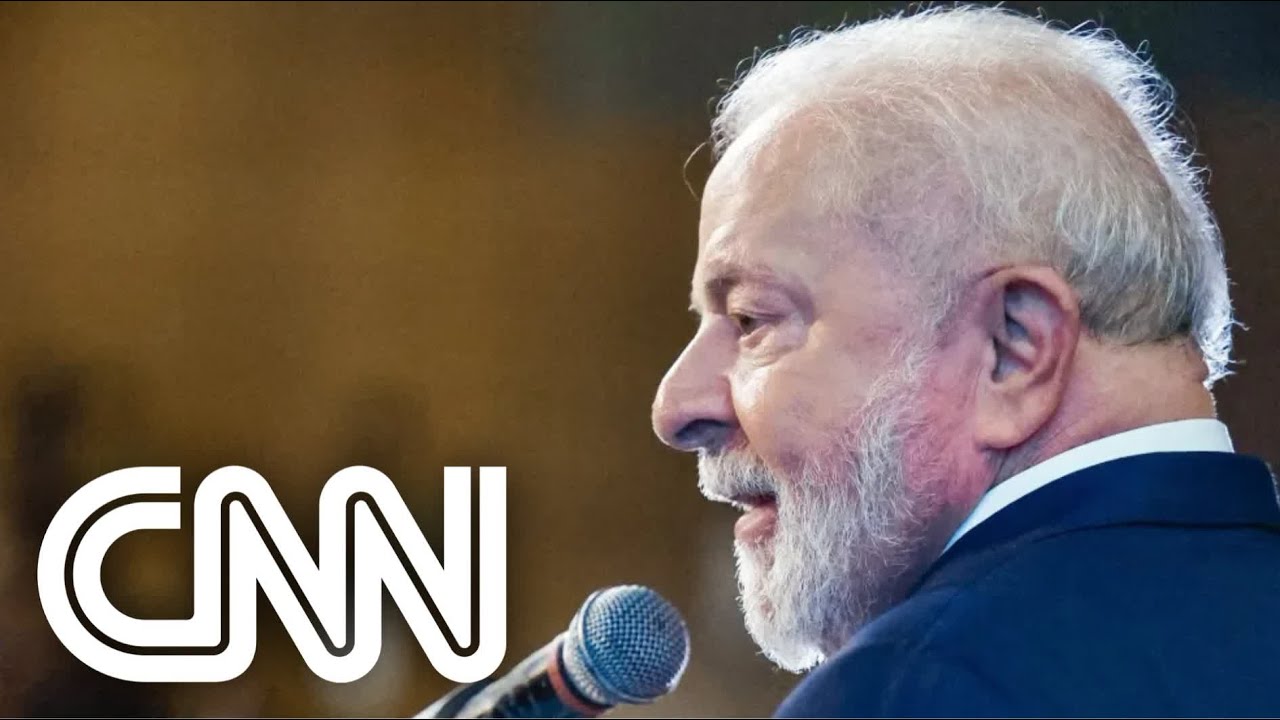Análise: Governo Prepara Plano De Investimento Em Infraestrutura | Ww
Unleash Your Creative Genius with MuseMind: Your AI-Powered Content Creation Copilot. Try now! 🚀
In the world of government and economic growth, there are two sides to the coin. In the first segment, we took a peek into public finances. But the other side, or rather, a crucial aspect for any government aiming to boost the economy, is what it intends to bring to the table for economic growth. On the upcoming Friday, a list of selected projects from ministers will pave the way for what's being called a "New Pack," a plan for infrastructure investment. We've had a sneak peek into the details of this growth acceleration program, which is yet to receive its official name.
The New Pack draws inspiration from previous iterations of the Growth Acceleration Program, which was a flagship initiative during the governments of Lula and Dilma. Despite its association with the Workers' Party (PT), Lula is looking to rebrand it. The document we've obtained from CNN outlines six main pillars for this new plan: Transport, Energy, Urban Infrastructure, Communications, Social Equipment, and Water for All. This list is expected to encompass budgetary resources and public-private partnerships.
The government aims to unveil these projects by April 28th. It all begins with a list of 417 proposals and projects presented by state governors during a meeting with Lula in January. The Chief of Staff is evaluating the viability of each request. The investment plan will go through a council composed of ministers Rui Costa from the Chief of Staff, Simone Tebet from the Planning Ministry, Fernando Haddad from the Treasury, and Ester D'Angelo from the Management and Innovation Ministry. They will approve measures, monitor results, and adjust priorities. This happens at a time when discussions about a new fiscal anchor are ongoing, and the government emphasizes the importance of predictability in the flow of public resources. These are the pillars for reigniting investment in infrastructure, involving public funds, much like the approach taken in previous PT administrations.
The Challenge of Public Investment
Before we delve deeper into this exciting plan, we need to consider the role of public investment in infrastructure. The key question here is, what is the extent of the state's involvement in the economy? It doesn't mean eliminating the state entirely. It's about finding the balance. If a task can be accomplished by the private sector, it's advisable to let them take the lead. This insight is rooted in past experiences, where depending solely on budgetary resources often proved challenging. It's not just about financial constraints; it's the hurdles of executing a public project.
Executing a public project involves numerous steps, from organizing tenders to dealing with oversight bodies and the judiciary. If funds run out in a particular budgetary category, the project might stall. Furthermore, mismanagement and corruption scandals have plagued state-owned companies. Take, for instance, the unfinished Angra 3 nuclear plant, which dates back to an agreement between Brazil and Germany in 1976. These are the kinds of issues that can compromise the timely and efficient delivery of public projects. It's why involving the private sector becomes a sensible choice whenever feasible.
The Preliminary Phase: Investment and Public-Private Partnerships
Now, let's talk about the preliminary phase of this endeavor. The government's idea to restart projects and invest in infrastructure seems promising, especially with the incorporation of public-private partnerships. With limited fiscal capacity for investment, the government is exploring ways to harness private capital.
But is this approach fundamentally different from the earlier versions of the program? Well, not so much. The PAC, in essence, is a prioritized budget. It focuses on specific projects because it's impossible to spread resources across all budget categories. What sets it apart is the choice of focus areas and projects. In fact, it's also a political strategy. Historically, PT governments have had electoral success with these programs.
The resurrection of the PAC aligns with Lula's election victories. However, some critics argue that its results have been questionable. The PAC had its share of criticism due to its association with large construction companies, public pension funds, and state banks like BNDES. It led to corruption scandals, and many projects were delayed or remain incomplete. This history is a significant reason why the government is searching for a new name for the program.
Evaluating the Effectiveness
As we look ahead, it's essential to consider how we evaluate the results of such policies. Traditionally, in Brazil, the implementation of public policies often lacked proper evaluation. Take, for instance, the shipbuilding industry, which failed to take off despite three attempts. Public investments in infrastructure, particularly in large-scale projects, have suffered from a lack of scrutiny and accountability.
The formation of a governing council, as outlined in the document obtained by CNN, raises questions about how effective these policies will be. The council includes members from various political backgrounds, which could lead to potential conflicts. The involvement of public banks and the Treasury adds another layer of complexity. It remains to be seen how these diverse perspectives will influence the decision-making process and the effectiveness of the projects.
In conclusion, the "New Pack" or whatever name it eventually adopts is a significant step towards addressing Brazil's infrastructure needs. However, it must learn from past mistakes, prioritize projects effectively, and maintain transparency and accountability throughout the process. The key to success lies in finding the right balance between public and private involvement while ensuring that investments are both efficient and productive. It's a challenging journey, but with the right approach, Brazil can unlock its full economic potential.
